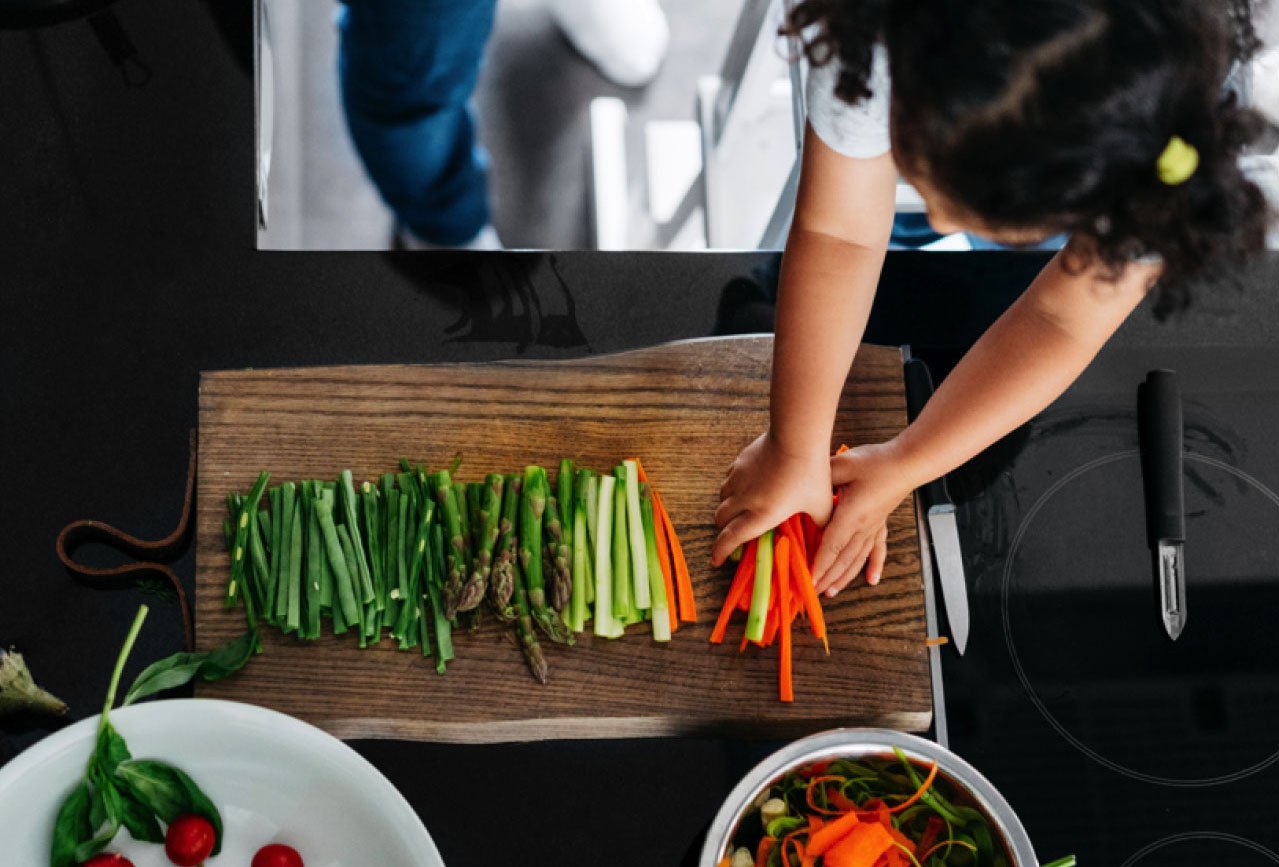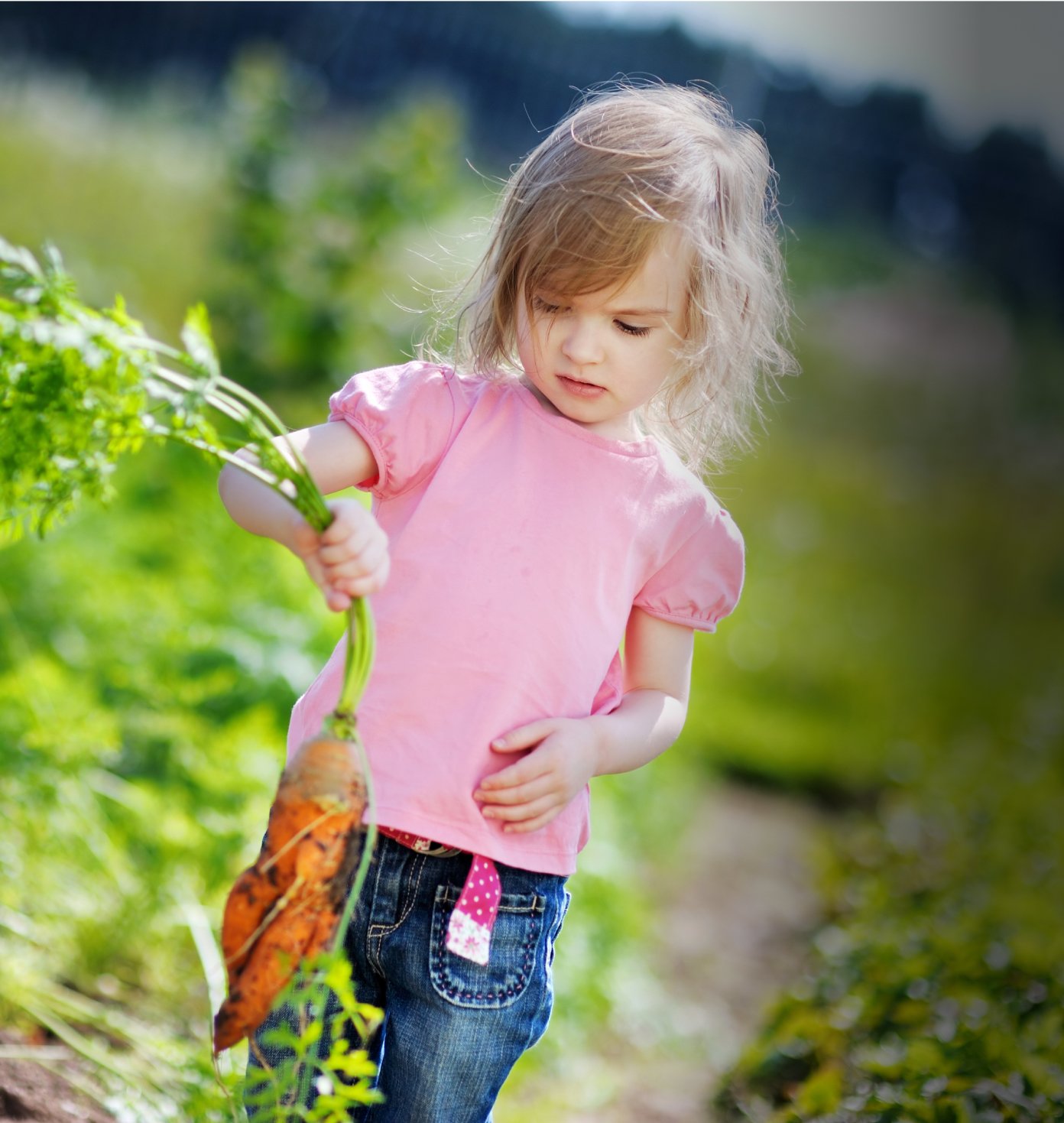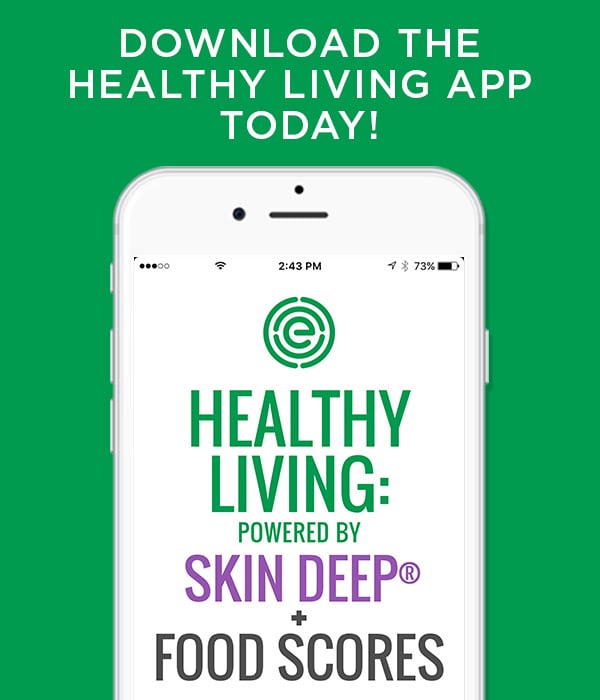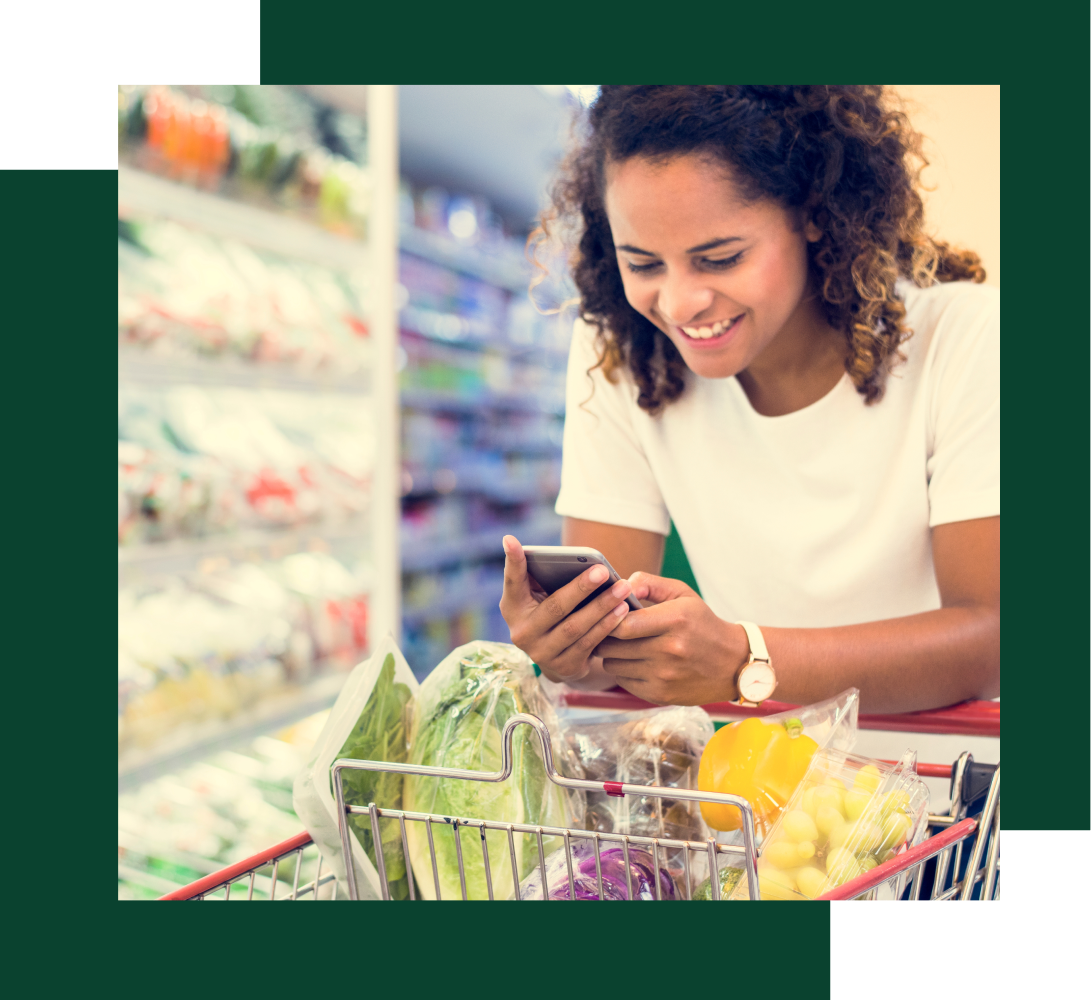Number, ubiquity and concentration of pesticides on pears have skyrocketed since 2010
WEDNESDAY, MARCH 20, 2024
More than six out of 10 non-organic pears tested most recently by the Department of Agriculture have traces of five or more pesticides, a dramatic jump from earlier tests.
The findings are based on EWG’s analysis of USDA tests from 2021 and 2022 of 1,340 non-organic, or conventional, pear samples. We slotted pears sixth on our Dirty Dozen™ list of the most-contaminated conventional produce because:
- 61 percent of the pears tested had residues of five or more pesticides, compared to 48 percent in 2016 and just 3 percent in 2010.
- 95 percent of samples had at least one pesticide.
- 89 percent had two or more pesticides.
- About 70 percent had four or more.
- 64 different pesticides were found on recent pear samples, up from 49 in 2016 and nine in 2010.
- The average amount of pesticide residues on pears doubled between 2010 and 2022, from 0.6 parts per million to 1.2 parts per million.
The types of pesticides most commonly detected on pears were fungicides, applied to control fungus and mold, and insecticides.
The two pesticides detected in the highest concentrations and most frequently were the fungicides pyrimethanil and fludioxonil, which can be applied late in the growing season or even after pears are harvested, to keep them from spoiling in storage.
Both fungicides may be hormone disruptors and harm the male reproductive system. Some scientists have called for a reevaluation of the potential human health harms caused by fludioxonil.
Three particularly troubling pesticides were detected on conventional pears in the USDA’s latest tests:
- Carbendazim, found on about one in three samples. This fungicide is toxic to the male reproductive system and a possible carcinogen.
- Diphenylamine, found on more than one in 10 samples, is banned in Europe because of concerns it could form cancer-causing nitrosamines during storage or when pears are cooked.
- The neonicotinoid insecticides acetamiprid and imidacloprid, found on about one in four and one in 10 samples, respectively.
The average amount of pesticides found on pears was similar to the amount on peaches and apples but greater than that on nectarines and cherries. These fruits are all also on the Dirty Dozen list.
But not all of the pesticide trends for pears are negative. Over the past two decades, the Environmental Protection Agency has restricted the use of highly toxic organophosphate and carbamate pesticides, which are no longer detected on fresh pears.
About EWG’s Shopper’s Guide to Pesticides in Produce
EWG’s Shopper’s Guide to Pesticides in Produce is a suite of materials investigating the presence of pesticides in foods and the ways they could harm people, especially children – and to help consumers make the best, most informed choices for their families.
We’ve published the guide nearly every year since 2004.
EWG’s Shopper’s Guide is designed to support people who would like to minimize their exposure to pesticides. It includes two well-known lists: the Dirty Dozen, or the 12 fresh non-organic, or conventional, fruits and vegetables with the highest pesticide residues, as well as the Clean Fifteen, the conventionally grown fruits and vegetables with very low or no traces of pesticides.
Some pesticides have more data linking them to health concerns than others. These pesticides are particularly concerning for children, who are especially susceptible to many of the health harms associated with pesticide exposure.
The presence of so many different pesticides in foods is also problematic. There’s little data available about how multiple pesticides interact with each other in the body or how such mixtures could compound each chemical’s individual potential health harms. But the data we do have suggests that when chemicals are present in a mixture, they may be toxic to humans at lower levels than when alone.
When regulating pesticides, government bodies also consider them only one at a time. They don’t look at the potential total body burden for consumers.











